31 x 31 inches (78.7 x 78.7 cm)
(Inventory #36755)
31 x 31 inches (78.7 x 78.7 cm)
(Inventory #36755)
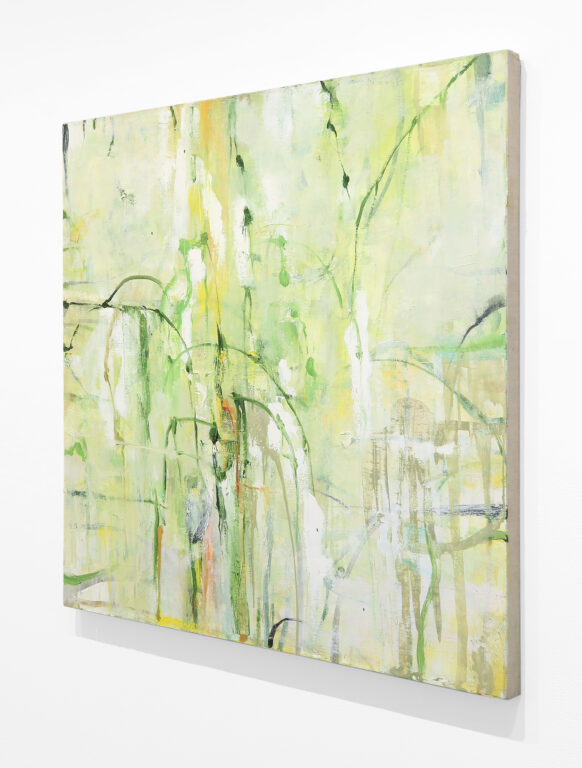
40 x 38 inches (101.6 x 96.5 cm)
Signed and titled on reverse
(Inventory #33962)
40 x 38 inches (101.6 x 96.5 cm)
Signed and titled on reverse
(Inventory #33962)
Overall: 40 x 55 inches (101.6 x 139.7 cm)
Each sheet: 40 x 27 1/5 inches (101.6 x 68.9 cm)
Signed on reverse
(Inventory #27453)
Overall: 40 x 55 inches (101.6 x 139.7 cm)
Each sheet: 40 x 27 1/5 inches (101.6 x 68.9 cm)
Signed on reverse
(Inventory #27453)
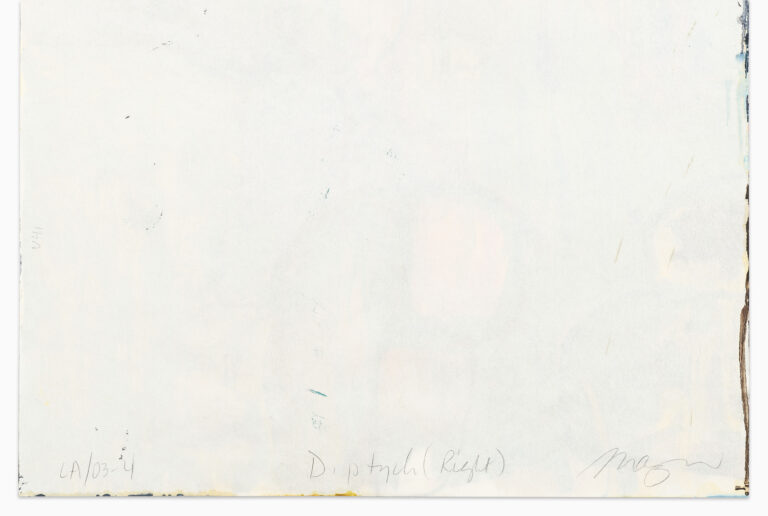
Signed and dated on reverse
(Inventory #32926)
Signed and dated on reverse
(Inventory #32926)
24 x 22 inches (61 x 55.9 cm)
(Inventory #36759)
24 x 22 inches (61 x 55.9 cm)
(Inventory #36759)
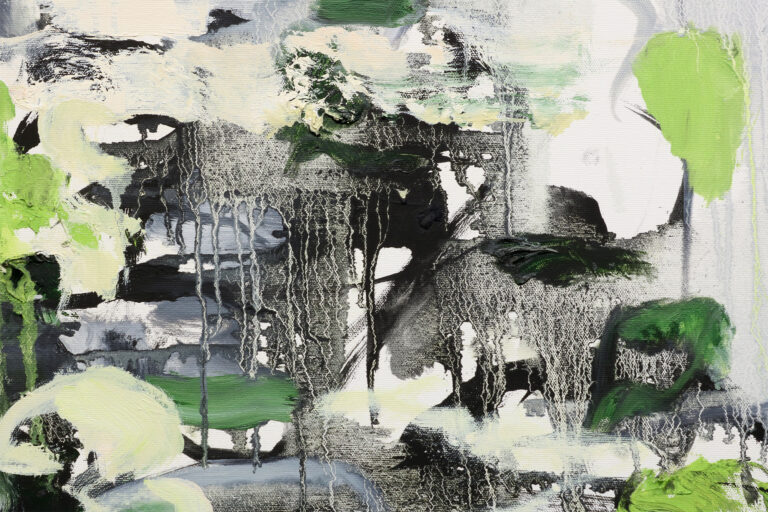
20 x 20 inches (50.8 x 50.8 cm)
Signed and dated on reverse
(Inventory #32925)
20 x 20 inches (50.8 x 50.8 cm)
Signed and dated on reverse
(Inventory #32925)
14 x 13 inches (35.6 x 33 cm)
Estate stamped on reverse and accompanied with a letter of authenticity from the Estate
(Inventory #31731)
14 x 13 inches (35.6 x 33 cm)
Estate stamped on reverse and accompanied with a letter of authenticity from the Estate
(Inventory #31731)
23 3/4 x 19 1/2 inches (60.3 x 49.5 cm)
(Inventory #36760)
23 3/4 x 19 1/2 inches (60.3 x 49.5 cm)
(Inventory #36760)
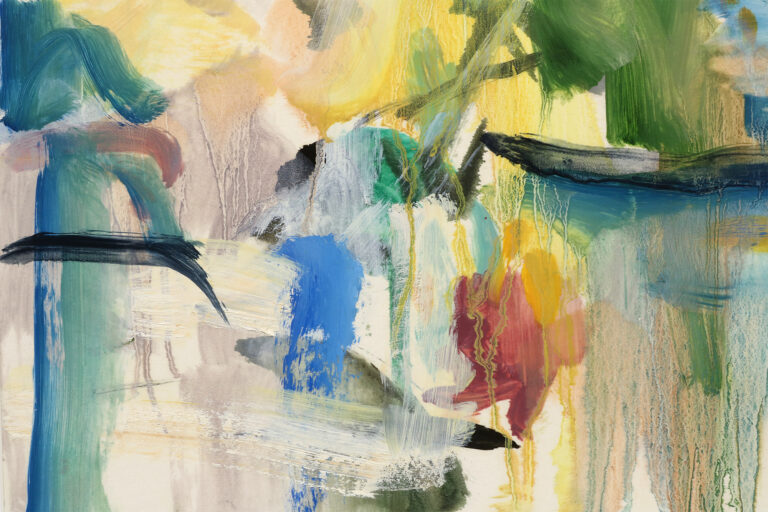
Image/paper size: 36 1/8 x 30 inches (91.8 x 76.2 cm)
Signed ‘Mazur’ lower right in graphite
(Inventory #28243)
Image/paper size: 36 1/8 x 30 inches (91.8 x 76.2 cm)
Signed ‘Mazur’ lower right in graphite
(Inventory #28243)
Image/Paper size: 12 x 14 inches (30.5 x 35.6 cm)
(Inventory #23222)
Image/Paper size: 12 x 14 inches (30.5 x 35.6 cm)
(Inventory #23222)
Image size: 20 3/4 x 17 1/4 inches (52.7 x 43.8 cm)
Paper size: 27 5/8 x 22 inches (70.2 x 55.9 cm)
Signed ‘Mazur’ lower right; Titled lower center; ‘1/1’ lower left in graphite below image. Signed and dated ‘Mazur ’94’ lower right in image; ‘NPPP1’ lower left in image in graphite; Blind Estate Stamped lower left corner in paper.
(Inventory #28245)
Image size: 20 3/4 x 17 1/4 inches (52.7 x 43.8 cm)
Paper size: 27 5/8 x 22 inches (70.2 x 55.9 cm)
Signed ‘Mazur’ lower right; Titled lower center; ‘1/1’ lower left in graphite below image. Signed and dated ‘Mazur ’94’ lower right in image; ‘NPPP1’ lower left in image in graphite; Blind Estate Stamped lower left corner in paper.
(Inventory #28245)
Image size: 17 x 17 1/2 inches (43.2 x 44.5 cm)
Paper size: 23 3/4 x 25 3/4 inches (60.3 x 65.4 cm)
(Inventory #36753)
Image size: 17 x 17 1/2 inches (43.2 x 44.5 cm)
Paper size: 23 3/4 x 25 3/4 inches (60.3 x 65.4 cm)
(Inventory #36753)
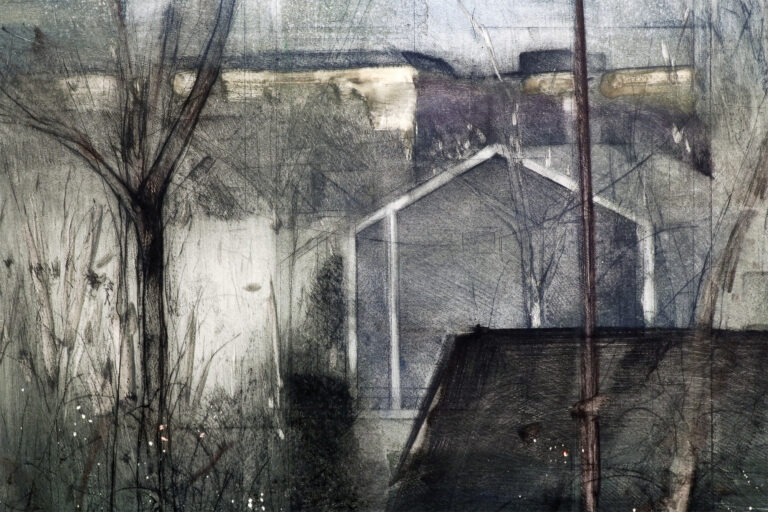
Edition of 50
Signed and dated lower right, numbered lower left and titled lower center
Image size: 15 1/4 x 17 3/4 inches (38.7 x 45.1 cm)
Plate size: 15 1/2 x 18 inches (39.4 x 45.7 cm)
Paper size: 23 x 24 inches (58.4 x 61 cm)
(Inventory #23215)
Edition of 50
Signed and dated lower right, numbered lower left and titled lower center
Image size: 15 1/4 x 17 3/4 inches (38.7 x 45.1 cm)
Plate size: 15 1/2 x 18 inches (39.4 x 45.7 cm)
Paper size: 23 x 24 inches (58.4 x 61 cm)
(Inventory #23215)
Image size: 18 x 30 inches (45.7 x 76.2 cm)
Paper size: 24 7/8 x 36 1/2 inches (63.2 x 92.7 cm)
Edition of 25
Signed ‘Mazur’ lower right; Titled lower left; Numbered lower center in graphite
(Inventory #28236)
Image size: 18 x 30 inches (45.7 x 76.2 cm)
Paper size: 24 7/8 x 36 1/2 inches (63.2 x 92.7 cm)
Edition of 25
Signed ‘Mazur’ lower right; Titled lower left; Numbered lower center in graphite
(Inventory #28236)
Image/paper size: 28 3/8 x 25 3/8 inches (72 x 64.5 cm)
Edition of 25
Signed and dated lower right, titled lower left, numbered lower center and signed on the back
(Inventory #22598)
Image/paper size: 28 3/8 x 25 3/8 inches (72 x 64.5 cm)
Edition of 25
Signed and dated lower right, titled lower left, numbered lower center and signed on the back
(Inventory #22598)
Image size: 20 3/4 x 21 3/4 inches (52.7 x 55.2 cm)
Paper size: 26 1/4 x 26 5/8 inches (66.7 x 67.6 cm)
Edition of 40, IX AP
Signed and dated ‘Mazur 96’ lower right; Numbered lower left in graphite
(Inventory #28240)
Image size: 20 3/4 x 21 3/4 inches (52.7 x 55.2 cm)
Paper size: 26 1/4 x 26 5/8 inches (66.7 x 67.6 cm)
Edition of 40, IX AP
Signed and dated ‘Mazur 96’ lower right; Numbered lower left in graphite
(Inventory #28240)
Image size: 22 1/8 x 18 inches (56.2 x 45.7 cm)
Signed, titled, and dated on reverse in graphite
(Inventory #31722)
Image size: 22 1/8 x 18 inches (56.2 x 45.7 cm)
Signed, titled, and dated on reverse in graphite
(Inventory #31722)
Edition of 20
Image size: 25 x 23 3/8 inches (63.5 x 59.4 cm)
Paper size: 28 x 25 inches (71.1 x 63.5 cm)
Signed and dated lower right, numbered lower left in graphite. Estate stamped lower left.
(Inventory #32424)
Edition of 20
Image size: 25 x 23 3/8 inches (63.5 x 59.4 cm)
Paper size: 28 x 25 inches (71.1 x 63.5 cm)
Signed and dated lower right, numbered lower left in graphite. Estate stamped lower left.
(Inventory #32424)
Image size: 17 x 12 inches (43.2 x 30.5 cm)
Paper size: 25 1/18 x 19 1/8 inches (63.6 x 48.6 cm)
Edition of 6
Signed lower right, numbered lower center and titled lower left
(Inventory #27465)
Image size: 17 x 12 inches (43.2 x 30.5 cm)
Paper size: 25 1/18 x 19 1/8 inches (63.6 x 48.6 cm)
Edition of 6
Signed lower right, numbered lower center and titled lower left
(Inventory #27465)
Image/plate size: 15 x 10 inches (38.1 x 25.4 cm)
Paper size: 26 x 19 3/4 inches (66 x 50.2 cm)
Edition of 50, never completed, this being from the second group of 25 that were printed, in a group Mazur called the “SE” group, this being S 10/25
Signed lower right, numbered lower center and titled lower left
(Inventory #30264)
Image/plate size: 15 x 10 inches (38.1 x 25.4 cm)
Paper size: 26 x 19 3/4 inches (66 x 50.2 cm)
Edition of 50, never completed, this being from the second group of 25 that were printed, in a group Mazur called the “SE” group, this being S 10/25
Signed lower right, numbered lower center and titled lower left
(Inventory #30264)
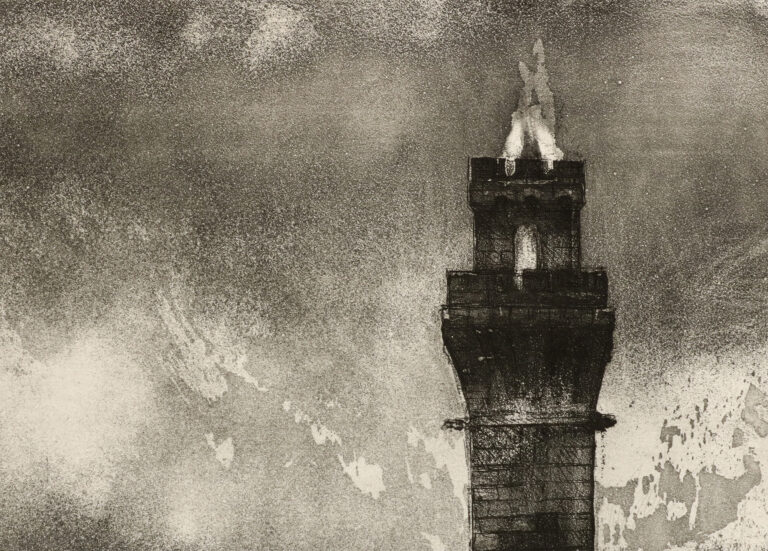
Image/paper size: 31 1/4 x 23 3/4 inches (79.4 x 60.3 cm)
Signed, titled and dated on reverse
(Inventory #27059)
Image/paper size: 31 1/4 x 23 3/4 inches (79.4 x 60.3 cm)
Signed, titled and dated on reverse
(Inventory #27059)
Image/plate size: 19 7/8 x 15 3/4 inches (50.5 x 40 cm)
Paper size: 29 1/2 x 20 3/4 inches (74.9 x 52.7 cm)
Signed lower right, titled and dated lower left
(Inventory #27053)
Image/plate size: 19 7/8 x 15 3/4 inches (50.5 x 40 cm)
Paper size: 29 1/2 x 20 3/4 inches (74.9 x 52.7 cm)
Signed lower right, titled and dated lower left
(Inventory #27053)
Image/paper size: 29 1/2 x 41 1/2 inches (74.9 x 105.4 cm)
Signed, titled and dated on reverse in graphite. “M” lower right in image
(Inventory #28767)
Image/paper size: 29 1/2 x 41 1/2 inches (74.9 x 105.4 cm)
Signed, titled and dated on reverse in graphite. “M” lower right in image
(Inventory #28767)
14 1/2 x 20 inches (36.8 x 50.8 cm)
(Inventory #36742)
14 1/2 x 20 inches (36.8 x 50.8 cm)
(Inventory #36742)
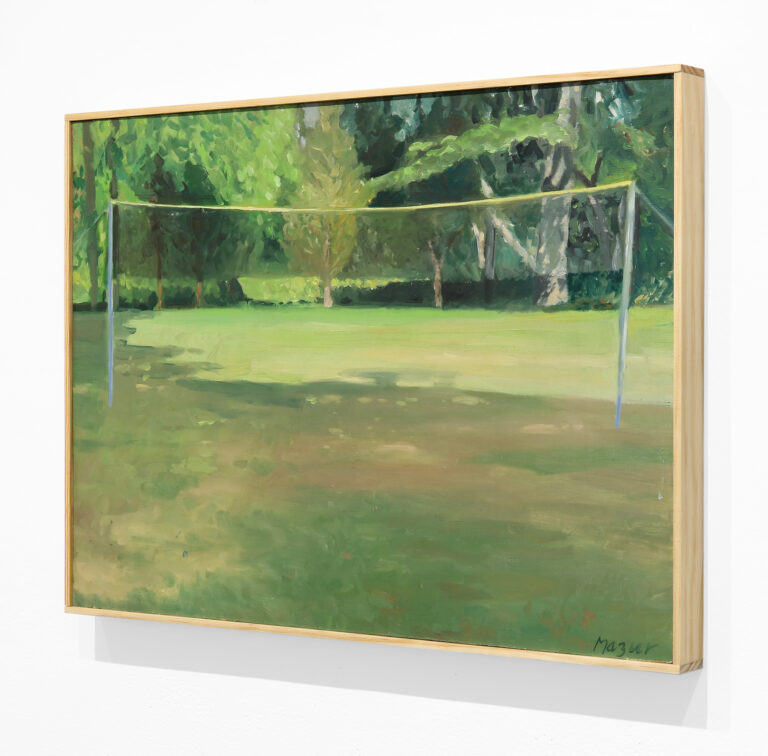
11 1/2 x 9 inches (29.2 x 22.9 cm)
(Inventory #36743)
11 1/2 x 9 inches (29.2 x 22.9 cm)
(Inventory #36743)
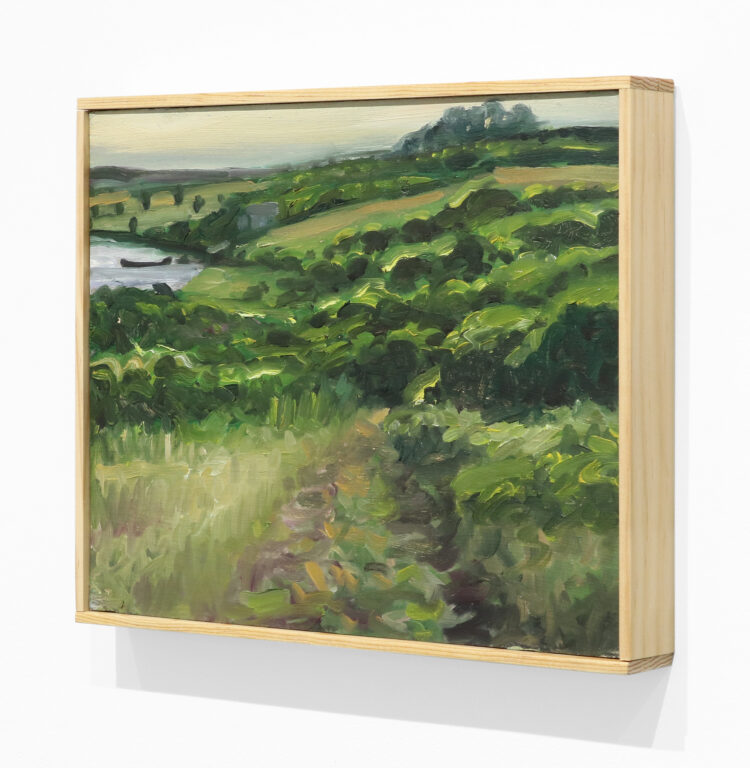
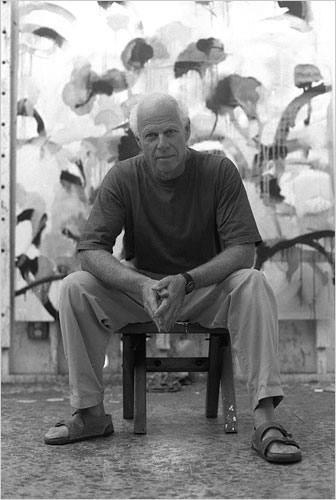
Michael Mazur (1935-2009) was an American painter and printmaker whose lifelong interests pursued a balance between the narrative power of observation and the nonrepresentational expression of gesture. Throughout his five-decade career, he reveled in the physicality of his chosen medium, relishing the process of making. He approached his work through the constructive vocabulary of observation—deftly capturing fleeting moments in nature, human tragedy, and rapture. Broad themes in his work encompassed social documentation, psychological portraiture, and passionate landscapes that moved back and forth aesthetically between figuration and abstraction.
“The artist’s life is a question of movement, of propelling yourself forward; painting is a moment-to-moment affair; painting is an organic process-a physical melding of hand and mind in which the act of articulating the surface is of consummate importance,”
— Michael Mazur, 2001
Mazur was born in New York City in 1935. While attending Horace Mann School in the Bronx, he founded an art club whose only other members were cartoonist Ed Koren and the future curator Henry Geldzahler. He also worked Saturdays as a studio assistant to painter Alan Ullman in Greenwich Village.
In 1957, Mazur took a year off from his undergrad studies at Amherst College and moved to Florence where he studied at the Accademia di Belle Arti. There, he tested his desire to be an artist asking himself, “Could I live alone every day, would I wake each morning inspired to work? Could I sustain […] the passion for an art life I had just begun to imagine?” The answer was obvious. When he returned, he finished his education at Amherst, while embarking on a rigorous curriculum with the master printmaker and sculptor Leonard Baskin, who was teaching at Smith College. Through Baskin, Mazur learned the traditional techniques of printmaking. He received his BFA (1960) and MFA (1961) from Yale School of Art and Architecture in 1961 where he studied with Josef Albers, Naum Gabo, Rico Lebrun, Ab-Ex painter John Schuler, printmaker Gabor Peterdi, and Fairfield Porter among others.
In 1961, prompted by his experience volunteering at a psychiatric hospital, he began one of his most celebrated print projects titled “Closed Ward” (1961-1966). The same year, he opened his first solo exhibition at the Barone Gallery in New York. In 1964, his work was included in “Contemporary Painters and Sculptors as Printmakers,” at The Museum of Modern Art and in 1965, was featured along with Mary Bauermeister, Jim Dine, Robert Morris, Larry Poons, and Tom Wesselmann in “Young Americans: Thirty Artists Under Thirty-Five” at the Whitney Museum.
It was an exhilarating exhibition of monotypes by Edgar Degas that Mazur saw in 1968 which gave him the inspiration to experiment with the medium, prolifically and to great acclaim.
Settling in Cambridge, MA, in 1964, Mazur held several teaching appointments, most notably at the Rhode Island School of Design (‘62-‘65) and Brandeis University (‘66-‘75). His proximity to student unrest of the era and his own political activism made space for the somber tone of works such as the “Closed Ward Series,” “Stoneham Zoo Series” (1976-1979), and his masterful illustrations of Dante’s “Inferno” (1993). In 1970, he was invited along with Jim Dine, Sam Francis, Roy Lichtenstein, Robert Rauschenberg, Frank Stella to represent the United States at the Venice Biennale, but declined to participate in protest of the governments involved in “war, racism, sexism and repression.”
Mazur continued his investigation of inner psychology and its bearing on the natural world with his 1979 work Incident at Walden Pond, where he depicts in his signature sun-dappled style a forest scene in which figures appear visibly distressed and menaced. The source of this unease is never explicitly shown, but Mazur masterfully draws up a tension within his composition, reflective of social and internal unease.
His landmark print and painting series Wakeby Day/Wakeby Night—which culminated in some of the most important, large-scale monotypes in American art history—considers the landscape of Cape Cod’s Wakeby Pond through the prism of passing time and layers of the mysterious, unspoken history that is inherent in natural landscapes. M.I.T. commissioned and installed a major group of these monotypes.
From the 1990s on, Mazur’s work became increasingly impressionistic in its highly personal and abstracted vision of the world. He was interested in and affected by Chinese landscape traditions, and these new influences had an important impact in the development of his later aesthetic style. “Calligraphy, Chinese painting, and our trip to China—all of these things connected at one point around 1992, and they changed the work.” Mazur explained. “It was almost as if I had started to teach myself to paint from scratch again, and the major change that occurred mentally was that I relaxed a great deal, that the paintings became full of promise, rather than a chore—and full of surprise, like the monotypes.”
From the 1970s, Cape Cod played a role in Mazur’s life as he and his wife, poet Gail Mazur, began to spend part of the year in Provincetown. There, he became an integral part of the Fine Arts Work Center, taught, and painted in his bay studio.. Mazur died in 2009.
Major awards include Louis Comfort Tiffany Foundation Grant (’62); Guggenheim Foundation Award (’64); American Academy of Arts and Letters Fellowship (’64). Monographic presentations of Mazur’s work include Mead Art Museum, Amherst (’17); Boston Museum of Fine Arts’ 2006 exhibition, Michael Mazur: The Art of the Print, and the Zimmerli Art Museum’s 2000 exhibition Michael Mazur: A Print Retrospective, which traveled to the Museum of Fine Arts, Boston, the Iris and B. Gerald Cantor Center for Visual Arts, Stanford University, and the Minneapolis Institute of Art. His work has further been included in solo and group institutional exhibitions at the Nagoya/Boston Museum of Fine Arts (‘18), de Saisset Museum, Santa Clara University (‘17), Mead Art Museum, Amherst College (2017), deCordova Sculpture Park and Museum (‘16), The Print Center, Philadelphia (2015) and the International Print Center of New York (2015). Mazur’s work is in numerous prominent museum collections, including the British Museum, UK; ; Metropolitan Museum of Art, NY; Museum of Fine Arts, Boston, Cincinnati Art Museum, OH; Cleveland Museum of Art, OH; de Cordova Museum, MA; Currier Museum of Art, NH; Los Angeles County Museum of Art, CA; Museum of Fine Arts, Boston, MA; Art Institute of Chicago, IL; McNay Art Museum, TX; Museum of Modern Art, NY; Nelson-Atkins Museum of Art, MO; Philadelphia Museum of Art, PA; The Provincetown Art Association, MA; Rhode Island School of Design, RI; Smith College, MA; Smithsonian American Art Museum, Washington D.C.; University of Arizona Museum of Art, AZ; Whitney Museum of American Art, NY; Yale University Art Gallery, CT; and the Zimmerli Art Museum at Rutgers University, NJ.
10 Newbury Street, Boston, Massachusetts 02116
617-262-4490 | info@krakowwitkingallery.com
The gallery is free and open to the public. Please note our summer schedule:
June
Tuesday – Saturday, 10–5:30
(Open on Juneteenth)
July 1–25
Tuesday – Friday, 10–5:30
(Closed Friday, July 4)
July 29 – September 1
Open via appointment
Beginning September 2
Tuesday – Saturday, 10–5:30